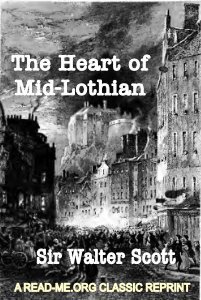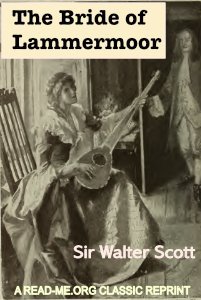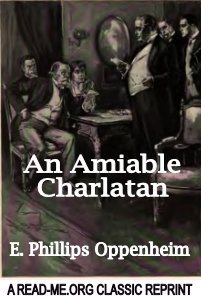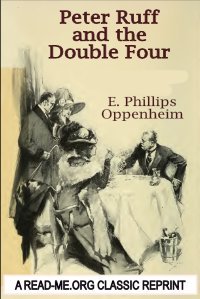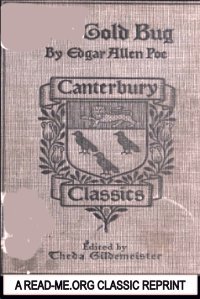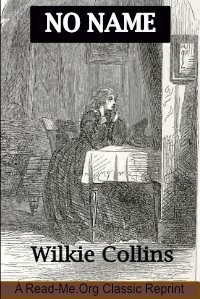By Max Byrd
FROM THE COVER: “It is 1784, and Jefferson, the newly appointed American ambassador to the court of Louis XVI and Marie-Antoinette, has just arrived in Paris-a city adrift in intrigue, upheaval, and temptation that will challenge his principles, incite his passions, and change Thomas Jefferson forever.... Through the eyes of his impressionable young secretary, William Short, we watch as the future president builds his dream of an America with fellow patriots John Adams and Ben Franklin, and as he struggles between political ambition and an unexpected crisis of the heart with a woman who has the power to destroy him. And we discover-behind the face the complex Virginian shows the world -an enigmatic statesman who fights for individual liberty even as he keeps slaves, who champions free will even as he denies it to his daughters, and who holds men to the highest standards of honor-even as he embarks on a shadowy double life of his own.”
"A Novel To Be Admired And Enjoyed,The Best Fictionalized Life Of Jefferson Yet!' -Jack McLaughlin,
NY. Bantam. 1994. 470p.
















